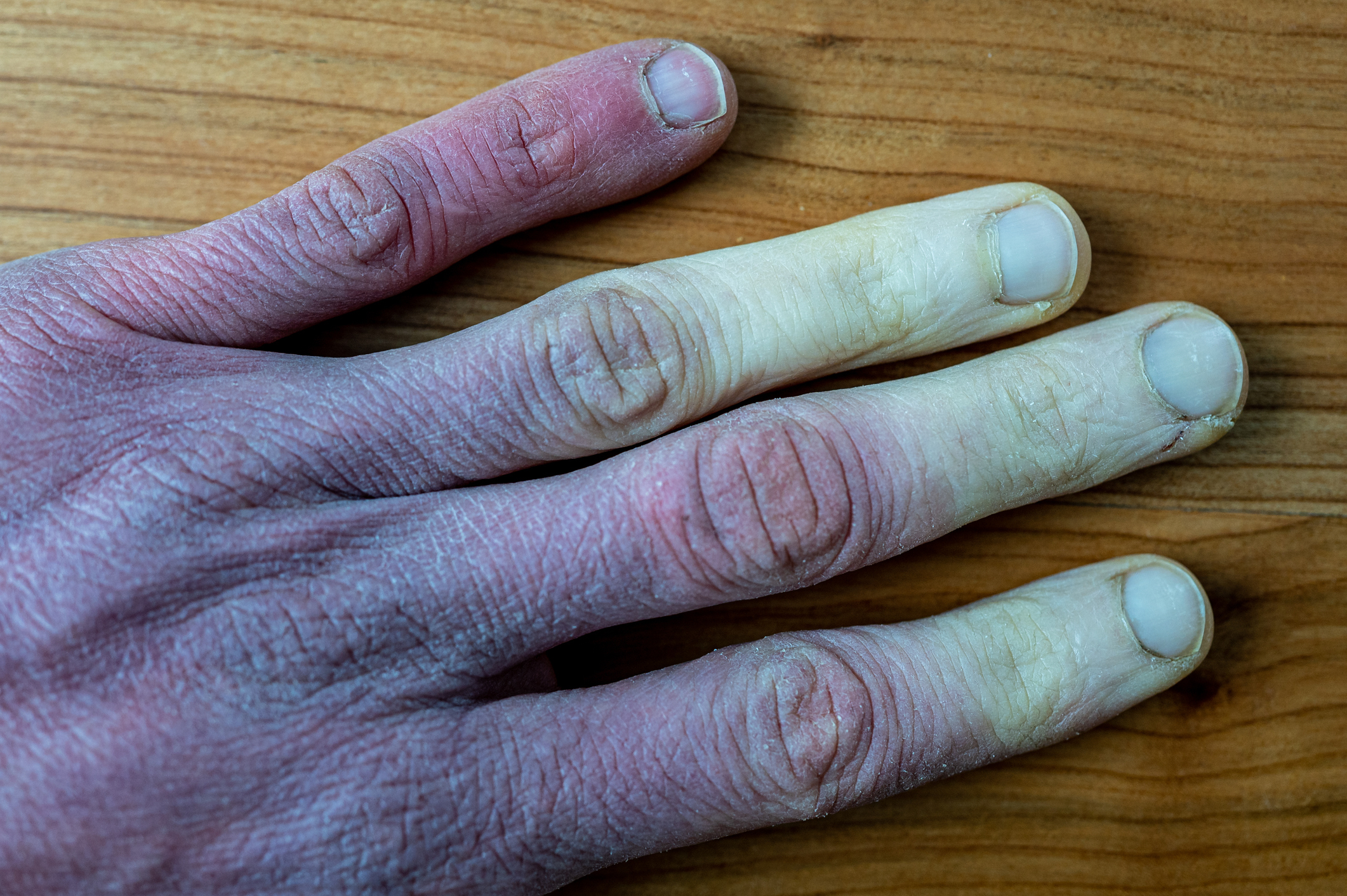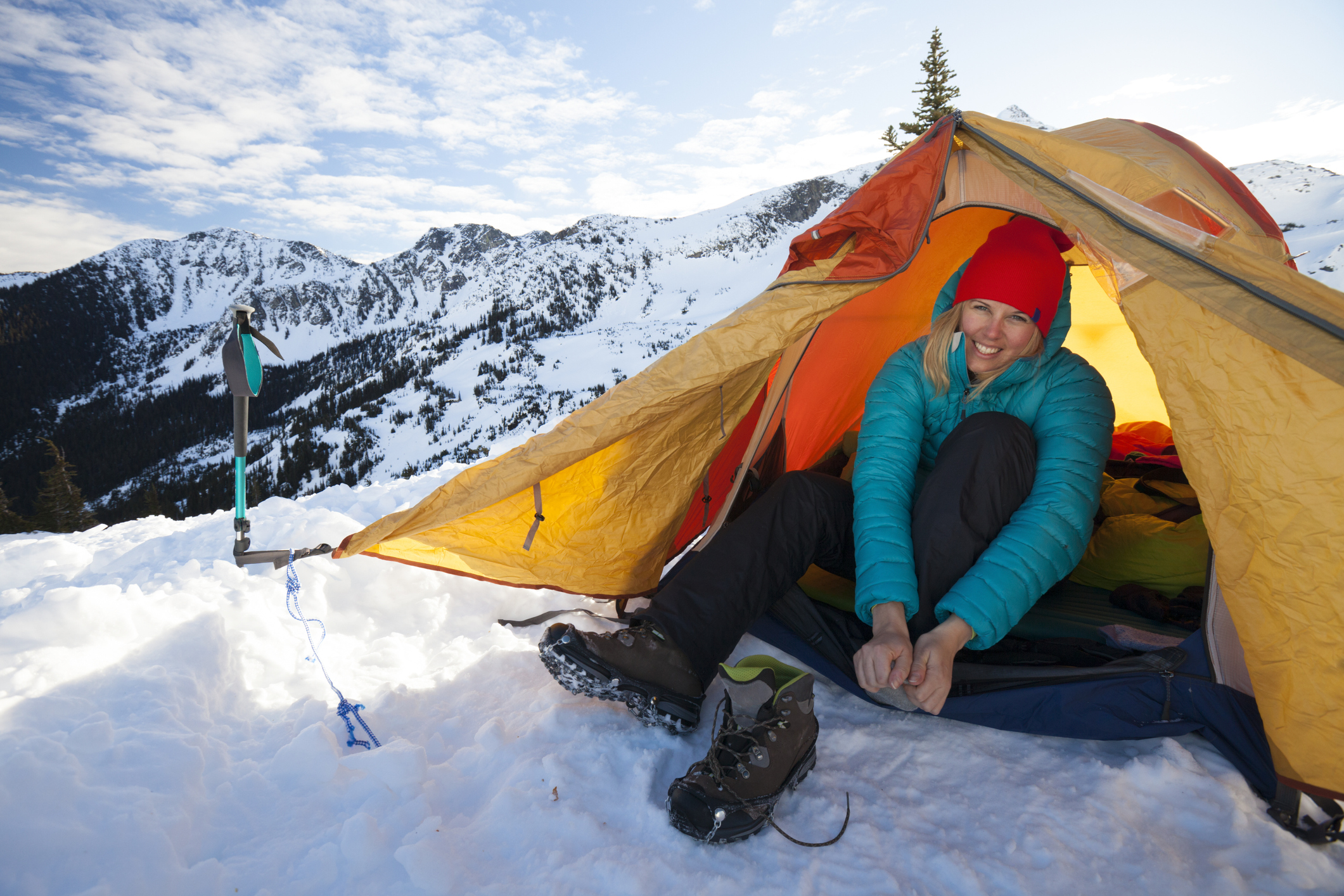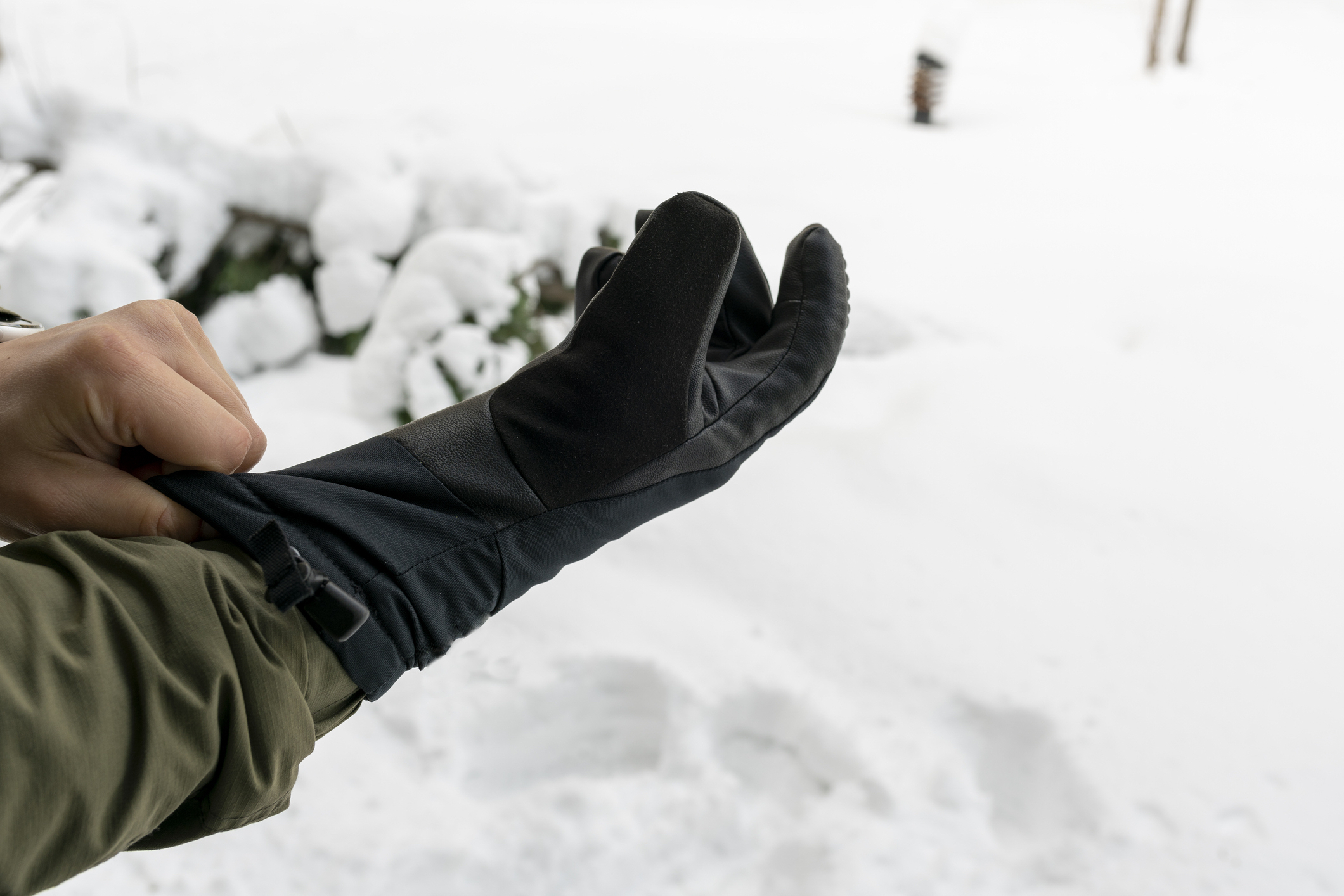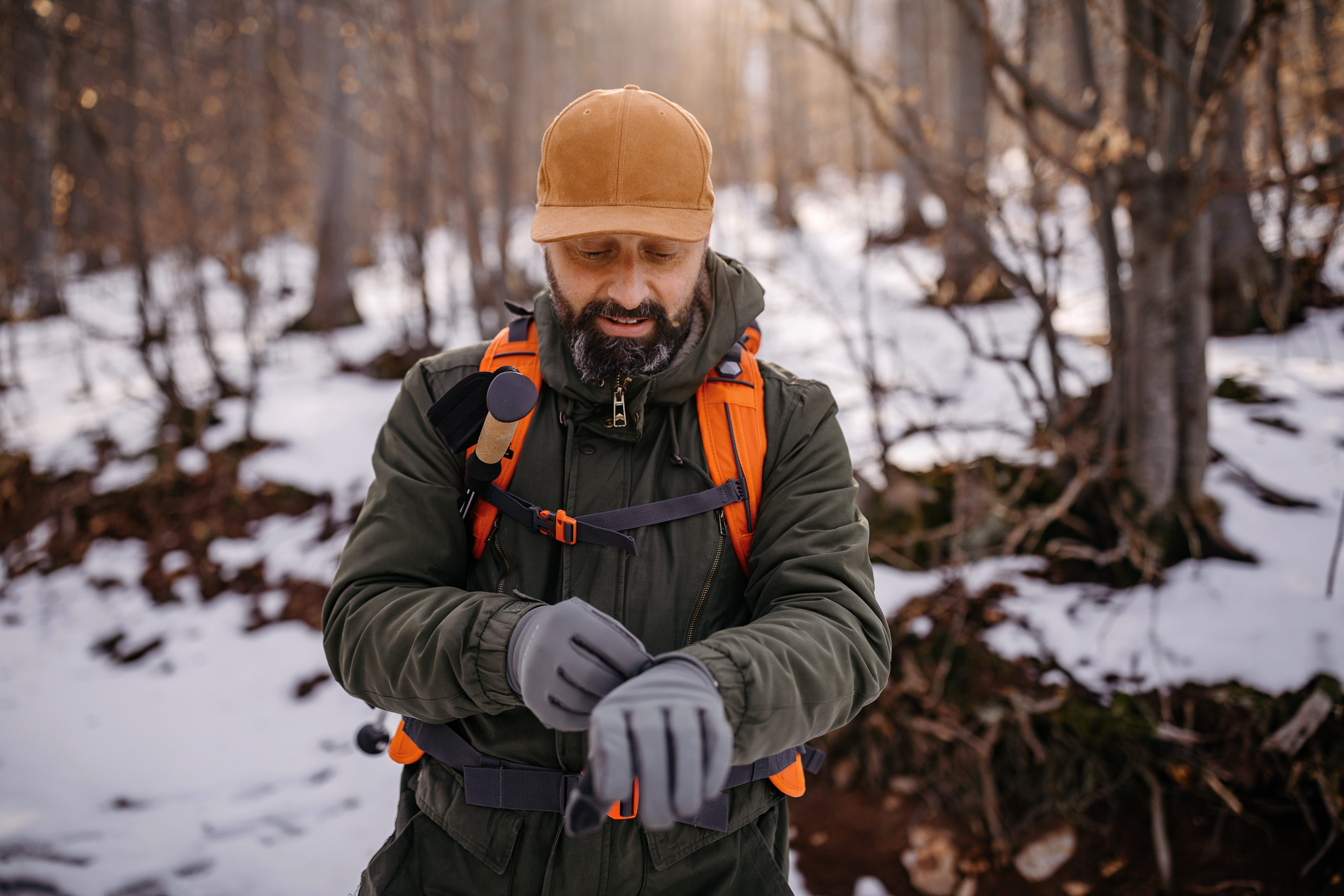

This week frostbite has been in the news because it was revealed that a certain sensitive appendage of a particular prince was afflicted by the condition during his big brother’s rather high-profile wedding. According to widely leaked excerpts from his forthcoming autobiography, Spare, Prince Harry suffered frostbite to his cheeks, ears and ‘todger’, following a 200-mile walk to the North Pole for charity with four veterans who had been injured in Afghanistan.
Harry was out and about in extreme Arctic conditions, but frostbite is a very real and royally painful problem faced by winter hill walkers, skiers, boarders everywhere, and it can be experienced by anyone whose work and recreational activities take them out into the cold. And, as recent extreme weather events in the US have shown, sometimes the Arctic comes to you, so it’s best to be as prepared as possible, with the best winter jackets and other protective apparel to hand if you need it. No one wants frostbite (let alone down there).

A man's frostbitten hand, also showing symptoms of Reynaud's syndrome
What is frostbite?
Frostbite is the name for damage caused to human skin and tissue when it is exposed to freezing conditions. Alarmingly, temperatures don’t need to be especially extreme for this to start happening, it it can begin at just a half a degree below zero. So, when the mercury dips to -0.5°C (31°F), it’s worth thinking about preventative measures.
Why does it happen? Well, as a natural reaction to dropping temperatures your body will direct more blood to your vital organs, which could potentially save your life if conditions continue to deteriorate. But this is done at the cost of restricted blood flow to extremities, such as your fingers, toes, nose, ears, lips and, yes, penis, if you have one.

What to do if you think you’re getting frostbite
The initial symptoms of frostbite include pain in the affected area, followed by a sensation commonly known as pins-and-needles, and then a complete loss of feeling. If you or a companion believe frostbite is developing, the first thing to do is find shelter and warmth. Professional medical treatment should be sought immediately, but there are first aid steps that can be taken if this is not possible.

Will my frostbitten fingers/nose/penis fall off?
In a word: no. But in worst-case scenarios, they may have to be chopped off. But don't panic just yet – minor damage caused by temporary exposure, known as frostnip, is uncomfortable but reversible. And this is the most common form of the complaint.
However, as more blood is directed away from them, the people's extremities get increasingly cold and eventually fluid in the skin tissue freezes into ice crystals. In the most severe cases, the areas become starved of oxygen and the tissue blackens and dies. Once dead, tissue will need to be removed.
Get all the latest news, reviews, deals and buying guides on gorgeous tech, home and active products from the T3 experts
Most people will have seen nasty images of mountaineers and polar explorers with blackened fingers and noses, and unfortunately this often ends in life-changing surgery. The adventurer Ranulph Fiennes famously amputated his own fingertips with a saw after falling into the sea during an Arctic expedition and developing frostbite in 2000.

How to prevent frostbite
Basically, frostbite is no fun whatsoever, so prevention is a million times better than reaction. Fortunately, by being properly prepared, you can keep frostbite from happening in almost all conditions you’re ever likely to face as an amateur outdoor adventurer.
Like most winter advice, it all starts with good layering. If you thermally protect your vital organs with the best baselayer you can get, and then build on that with really warm midlayer, such as a thick fleece or puffer jacket, then your body is less likely to divert blood away from your extremities in the first place.
Protecting your organs is important, but don’t neglect your bottom half when choosing baselayers - don’t be a numbnuts or end up suffering like Harry, go for some long-legged thermal underwear, and choose good quality winter walking trousers to go over the top of them.
Materials are really important in extreme conditions. Never wear cotton garments into a cold environment - when it gets wet, cotton offers no thermal protection whatsoever - quite the opposite in fact, and it’s known as a killer fabric to mountaineers and polar people. Instead, for baselayers go for synthetic poly materials or merino wool, or - best of all - a mix of the two. Fleece is an excellent insulator, and down or synthetic fill in a puffer does a great job of keeping you warm.

Getting wet in cold conditions (à la Ranulph Fiennes) is a surefire way to end up in strife, so aside from avoiding falling into freezing waterways, make sure you’re wearing (or at least carrying) the best waterproof jacket you can afford, plus waterproof overtrousers. Your shell is just as important as your base – layering only works when done properly.
Wind chill can bring temperatures down scarily fast, and waterproof jackets and trousers will help protect you against killer breezes, but also make sure you have face, neck and head protection, in the form of a beanie and Buff-style scarf.

And, of course, you need to keep your fingers and toes warm. Always take the warmest gloves you can get your hands on (in). Wear thick winter walking socks, and the best waterproof hiking boots you can find.
Most importantly, keep an eye on each other out there in the hills and mountains during winter. Look out for signs of discomfort (especially complaints about pins-and-needles and loss of feeling in extremities) and hypothermia (confusion and tiredness) in your adventure amigos, because these often go hand-in-hand with the onset of frostbite. Turn around or seek shelter and warmth before the situation becomes serious. Wherever it hits you, frostbite is no-one’s friend.

Author of Caving, Canyoning, Coasteering…, a recently released book about all kinds of outdoor adventures around Britain, Pat Kinsella has been writing about outdoor pursuits and adventure sports for two decades. In pursuit of stories he’s canoed Canada’s Yukon River, climbed Mont Blanc and Kilimanjaro, skied and mountain biked across the Norwegian Alps, run ultras across the roof of Mauritius and through the hills of the Himalayas, and set short-lived speed records for trail-running Australia’s highest peaks and New Zealand’s nine Great Walks. A former editor of several Australian magazines he’s a longtime contributor to publications including Sidetracked, Outdoor, National Geographic Traveller, Trail Running, The Great Outdoors, Outdoor Fitness and Adventure Travel, and a regular writer for Lonely Planet (for whom he compiled, edited and co-wrote the Atlas of Adventure, a guide to outdoor pursuits around the globe). He’s authored guides to exploring the coastline and countryside of Devon and Dorset, and recently wrote a book about pub walks. Follow Pat's adventures on Strava and instagram.